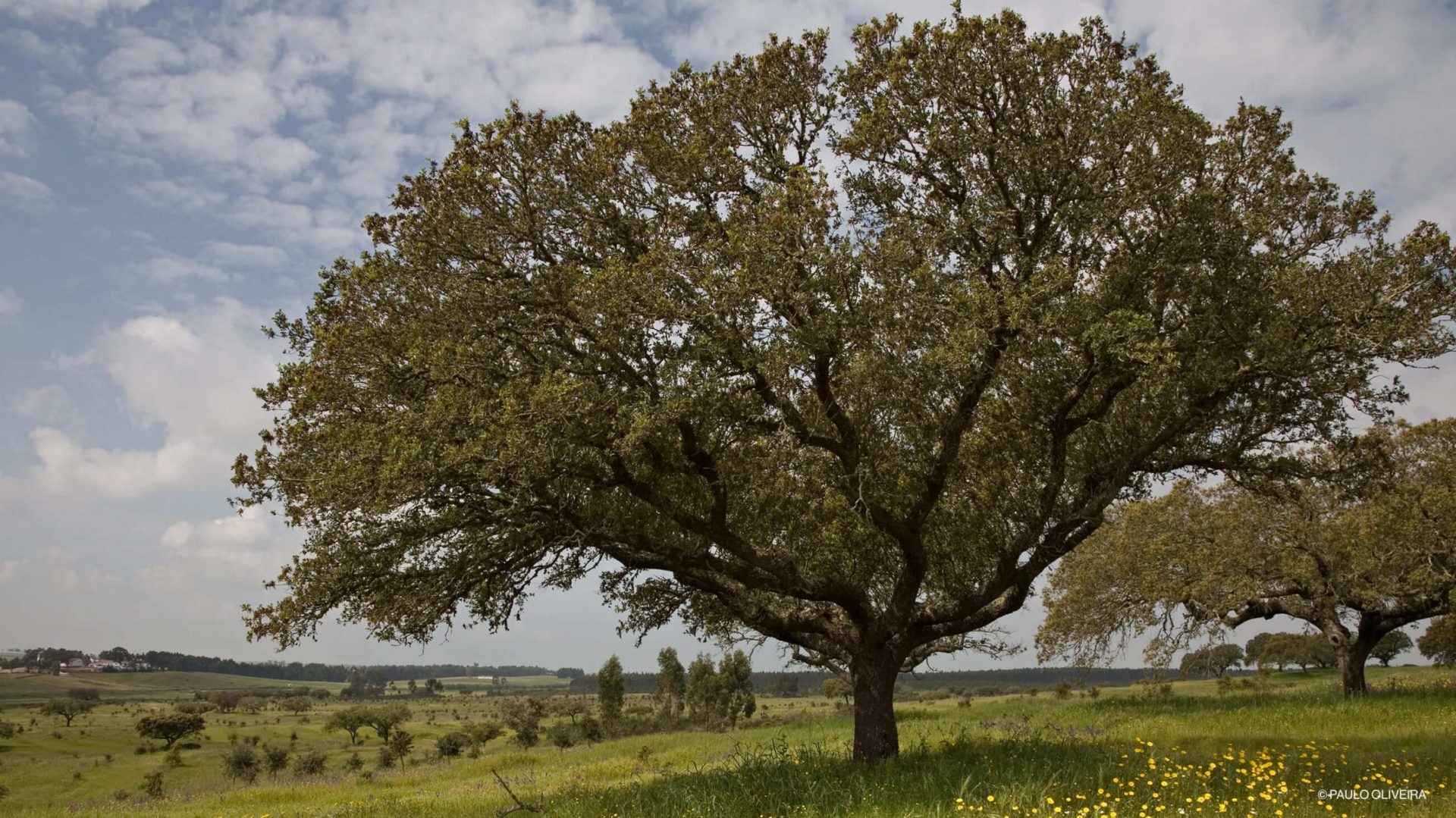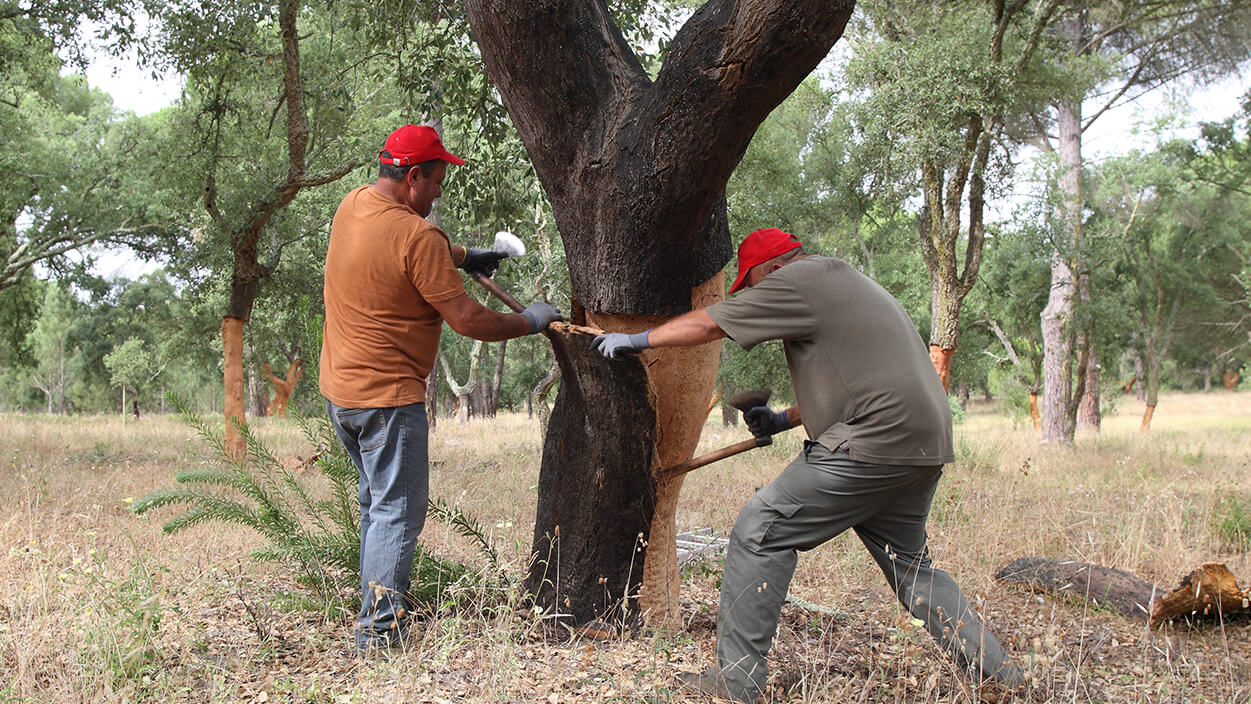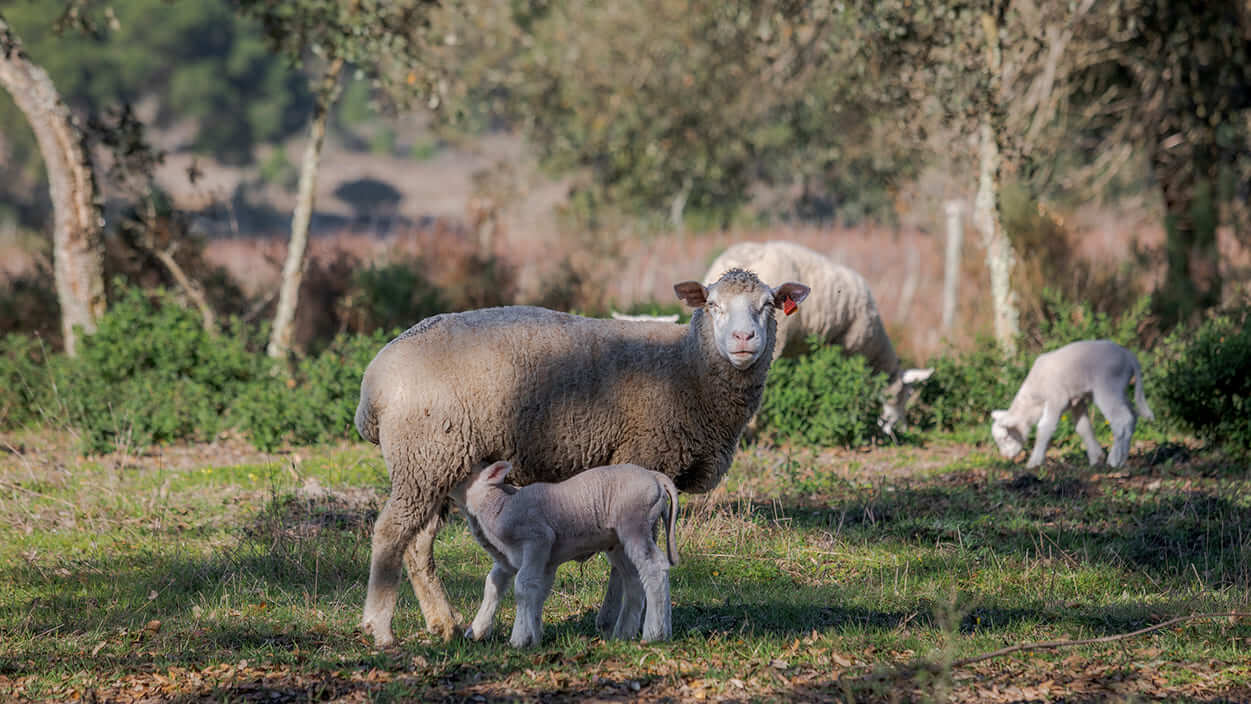The montado is one of Portugal’s most iconic landscapes, and can be found specifically in Alentejo, but this sanctuary of biodiversity, which was first shaped by human activity many centuries ago, is also an endangered habitat.
It is believed that more than 14 centuries ago, various areas were cleared in the Mediterranean region for agriculture and pasture, activities which were accompanied by the partial clearance of forests where the cork oak and holm oak were already highly valued and protected, says the Montados Green Paper. This shaped the landscape that would give rise to the “montado”, which combines agriculture, forestry, and pastoralism (the agrosilvopastoral system).
This multifunctional system depends on trees as its structural component, with two oak species standing out: cork oaks (Quercus suber) and holm oaks (Quercus rotundifolia). Around them develops this semi-natural ecosystem rich in biodiversity, which the non-governmental organisation ANP | WWF has called a “biodiversity sanctuary”.
In this patchwork landscape dominated by cork oaks and holm oaks (both belonging to the Fagaceae family), other species of trees, shrubs, and herbaceous plants also come together. These range from other oak trees (Quercus coccifera), to strawberry trees (Arbutos unedo), laurustinus (Viburnum tinus), and common myrtle (Myrtus communis). This space is shared between arable and forage crops and wild pastureland, where extensive grazing takes place, traditionally carried out by sheep. There are also around 140 species of aromatic, medicinal, and honey plants, as well as nearly 400 species of vertebrates, including several endangered mammals and birds. One of the rarest is the Spanish imperial eagle (Aquila adalberti), a resident and nesting species in the Iberian Peninsula.
The need to preserve this habitat led to the integration of the “Evergreen Quercus spp. montado” in the Natura Network (Habitat 6310). Currently, their conservation and regeneration are priorities, since the vitality of the montado has been in decline: the tree density has decreased, the rate of tree regeneration has decreased, and mortality has increased, threatening the balance of these systems.
“Many montados are not ecologically sustainable systems in the absence of management” and are in need of silvicultural management measures, says the ICNF, which warns: human action has not always been optimal. The decline of the montado has been linked to the introduction of new agricultural practices, such as raising cattle and black pigs, for example, and the application of inappropriate vegetation control methods, which damage soil structure and are further aggravated by drought.





